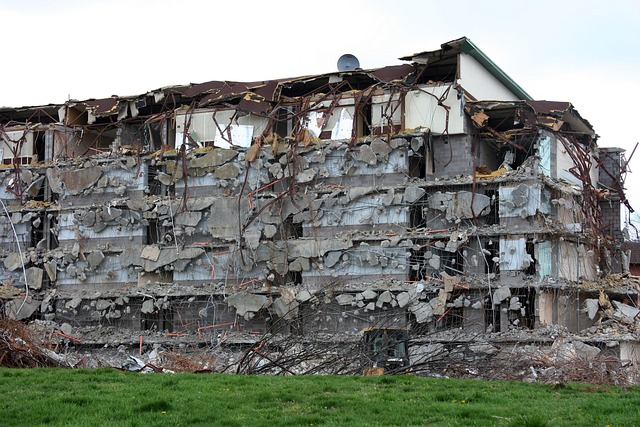The Environmental Impact of Melting: Building Damages Amidst Climate Change
The relentless effects of climate change are becoming increasingly evident in nearly every corner of our planet. As global temperatures rise, we find ourselves facing an unsettling reality—melting ice caps, shrinking glaciers, and increasingly unpredictable weather patterns. These changes not only threaten our ecosystems, but they also have profound implications for human-made structures and communities. The keyword building damages encapsulates the urgency of this issue as we navigate the intersection of environmental concerns and our built environment.
As glaciers melt and sea levels rise, coastal regions are particularly at risk. Urban areas that were once safe are beginning to experience the tangible impacts of flooding and erosion. Properties that stood resilient for decades are now vulnerable. Homeowners find themselves grappling with building damages due to water intrusion, foundation weaknesses, and structural instability. It’s a harsh reminder that our environment is not an isolated entity; it is interconnected with the architectural frameworks we hold dear.
Furthermore, the melting of the polar ice caps contributes to extreme weather events—hurricanes, torrential rainfall, and heatwaves that wreak havoc on buildings and infrastructure. The increased frequency and severity of these occurrences are a direct consequence of the changing climate. As a result, communities must invest heavily in repairs, retrofitting, or even complete rebuilding of structures that can no longer withstand the pressures of nature’s wrath.
But the issues stemming from climate change are not confined to just the buildings themselves; they extend to the mental and emotional toll on homeowners and communities. The anxiety of which structures will last through the next storm, the financial burden of unexpected repairs, and the fear of displacement create a profound sense of loss. Each building damage becomes more than just a physical repair; it symbolizes the battle against an environment that seems increasingly out of control.
In many regions, the traditional methods of construction are proving inadequate in the face of climate realities. Architects and engineers are now compelled to innovate, utilizing sustainable materials and resilient designs to combat the effects of melting ice and rising waters. The shift towards eco-friendly building practices is not merely a trend; it is a necessity motivated by the dire need to adapt to the changing climate.
As we confront the harsh truth of climate change, it is vital to unite our efforts—advocating for better building practices, supportive policies, and increased public awareness. The future of our homes and communities hinges upon our collective response to the environmental challenges ahead. Through education, advocacy, and innovative thinking, we might mitigate the repercussions of building damages and create a resilient legacy for generations to come.



